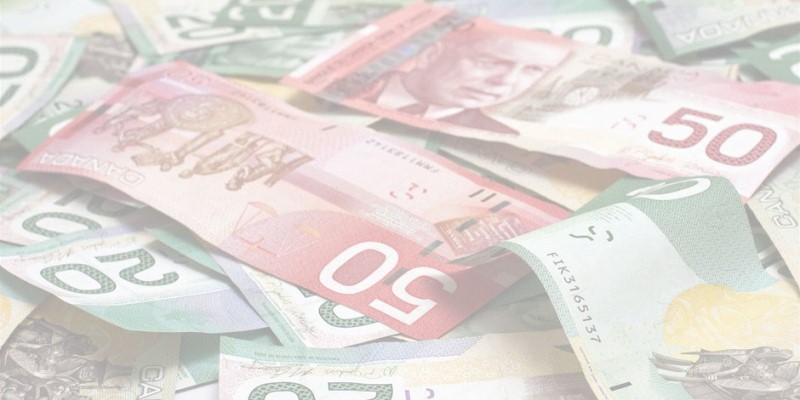Equalization isn’t meant to help with economic downturns

A lot of recent discussion about equalization—which may be moot since the program has just been renewed for five years—has focused on how it hasn’t helped Alberta through its recent difficult patch and also hasn’t helped other regions when they’ve had downturns.
Well, no, it hasn’t. But it’s not supposed to. And there are other ways in which the federal government’s tax and spending systems do help—though just how effectively is something economists debate.
What equalization equalizes is provinces’ tax capacities. If people in your province have lower incomes on average than people in other provinces, then the same tax rate won’t raise as much revenue for you as it will in those other provinces. Your tax capacity is deficient. Roughly speaking, what equalization does is give you the extra revenue you could have raised if your capacity were the same as the other provinces and you had applied the national average tax rate to the difference.
For example, if incomes in your province average $40,000 a year and the national average is $45,000, equalization gives you t x $5,000 where t is the national average income tax rate. If the national average rate is 20 per cent, Ottawa sends you a check for $1,000, which is 0.2 x $5,000. Actually, it’s more complicated than that, as many different tax bases are involved, there’s a delay in making the payment, and there have been various ad hoc adjustments to the formula to save Ottawa money and to honour both past political deals and constitutional doctrine about who has the right to tax natural resources. But that’s the basic idea.
What you do with the money is up to you. You can put spend it or you can use it to pay down debt or cut taxes. It’s your choice entirely.
What happens if your economy goes into recession, as Alberta’s did after oil prices fell in 2015? It depends what happens to your tax capacity relative to the national average tax capacity. If the recession hits everywhere, all provinces’ tax capacities fall and nothing happens to your relative tax capacity so nothing happens to your equalization. If on the other hand the recession is regional, then your tax capacity likely does fall relative to the national average. But unless it’s below the national average you don’t get equalization.
That’s what happened to Alberta after 2015. Before oil prices fell, its tax capacity was well above the national average. After they fell its tax capacity was lower but still above the national average, so no equalization. Is that unfair? Not really. Equalization isn’t designed to compensate you if your tax capacity goes down. It compensates for the shortfall between your tax capacity and the national average tax capacity. If there’s still no shortfall, you shouldn’t get equalization.
Does that mean Ottawa does nothing for Alberta when it suffers an economic downturn?
Hardly. It applies both automatic and discretionary stabilizers. The two biggest automatic stabilizers, but not the only ones, are income taxes and employment insurance payments. When the economy goes sour, individual and company incomes decline, so they pay fewer income taxes—both personal and corporate. Because of the progressivity of the income tax, the reduction in tax is more than proportional to the reduction in income, just as when incomes go up income taxes rise more quickly than income. When people lose their jobs or have a harder time finding work because of the economic slowdown, employment insurance kicks in. There are other automatic stabilizers though income taxes and employment insurance are the two most important.
As for discretionary stabilizers—Ottawa deciding to spend money in your region or give you a tax break of some kind or other—they’re more, well, discretionary. They depend on how nice Ottawa decides to be to the region suffering the difficulty and that doesn’t depend only on innate human kindness. It also depends on politics and self-interest. If a region is sworn never to elect a member of the governing party, it may not receive the full measure of discretion. But federal parties usually try not to be quite so blatant about such things. Federal ministers delivering checks and cutting ribbons are usually a common sight in affected regions even when those regions typically vote for other parties.
There’s also a debate about just how well discretionary fiscal policies work. Ironically, many people in Alberta are among the most skeptical about the effectiveness of such spending, which may simply crowd out private-sector spending, leaving no net gain in economic activity. That doesn’t mean they don’t want or won’t take the money, though.
Resenting that you haven’t received funding you don’t actually think will help: What could be more Canadian?

